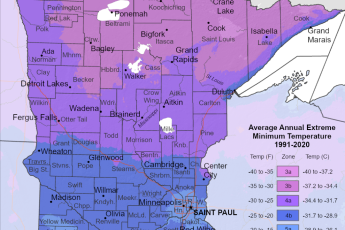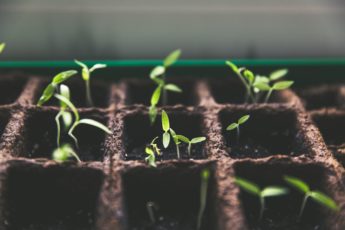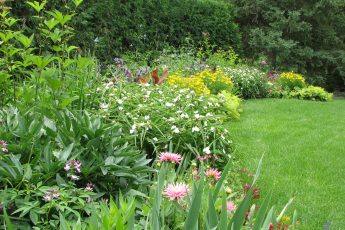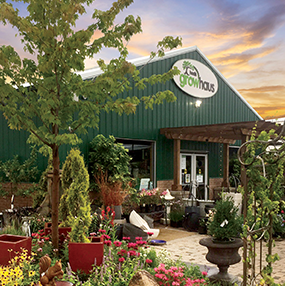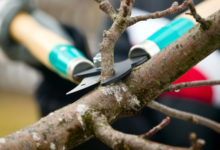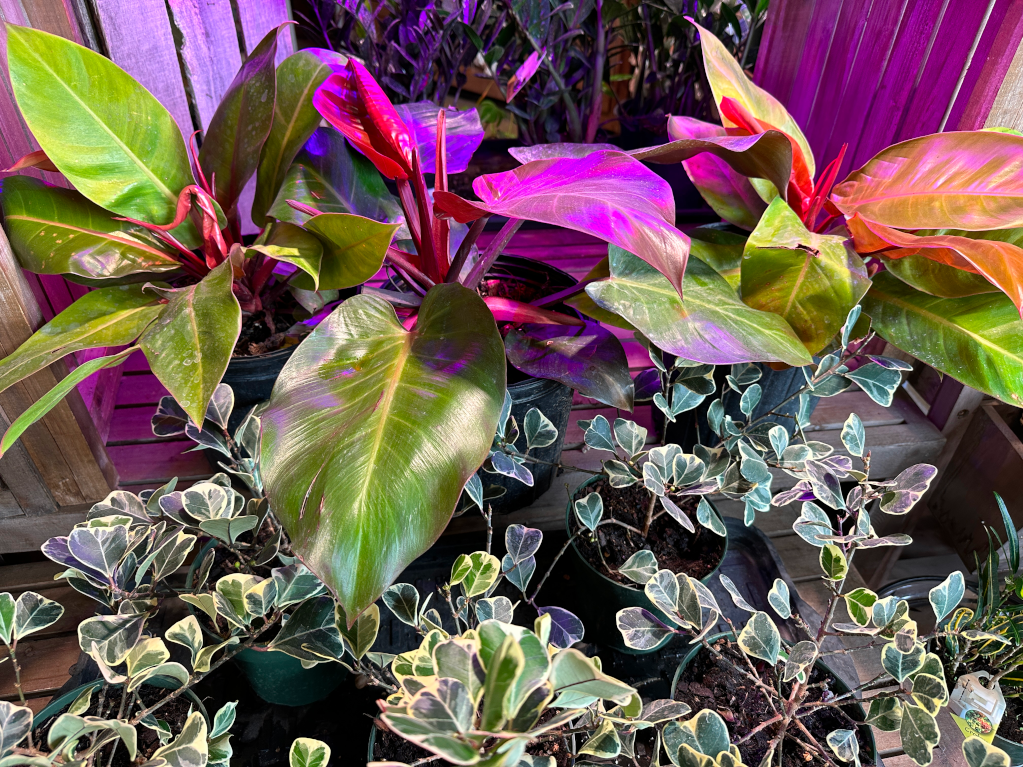
Many plant parents give their houseplants a summer vacation, sending them outside to enjoy summer’s warmer temperatures and higher humidity. With summer wrapping up and cooler temperatures setting in, it’s time to bring your indoor plants back inside. Before welcoming your plants back indoors, there are a few steps to take to ensure you are not also welcoming in unwanted pests and potential plant problems. Read on below for some tips to prepare your plants to bring back inside.
Wash
Your plants will need a thorough bath before being brought indoors. Also, don’t forget to wash where the sun don’t shine! Underneath leaves is the primary hiding spot for many insects. Use a hose set to low pressure, or a damp cloth for tender plants, rinse or wipe the top and undersides of leaves thoroughly. For cacti and succulents use a can of compressed air using short, distant bursts or a soft paintbrush to clean foliage. Do not overlook the pot when cleaning up your plant, especially the bottom. Wipe down pots with water and mild dish soap to dislodge any insects or eggs. For more tips on cleaning your houseplants read our blog on Spring Cleaning.
Treat
After your plants have dried, get ahead of any potential pest problems by treating plants with Neem or Horticultural Oil. Diatomaceous earth can also be applied to the soil surface to reduce fungus gnats and other soil borne insects. Scout for insects the few first weeks your plants are back indoors and immediately treat if needed to prevent spread. Common insects that hitchhike their way indoors are aphids, fungus gnats, mealy bugs and spider mites.
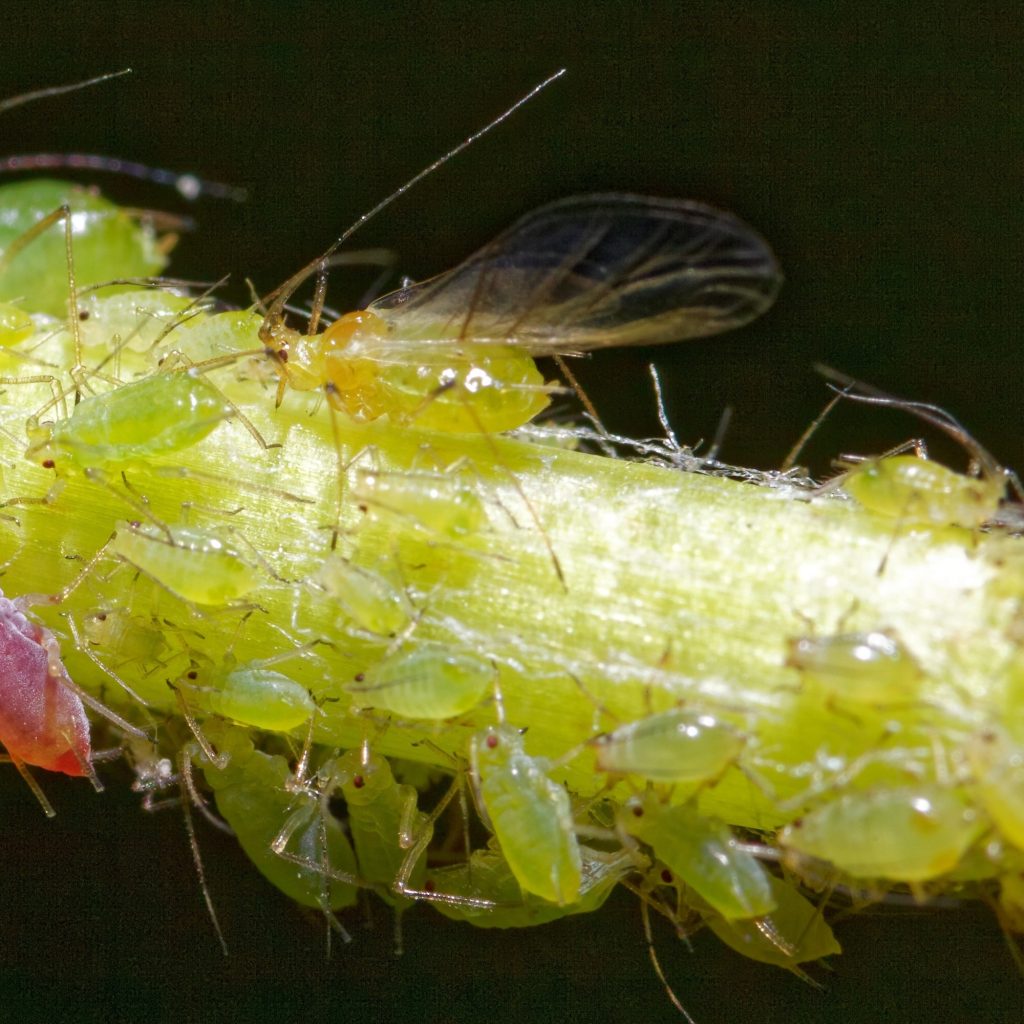
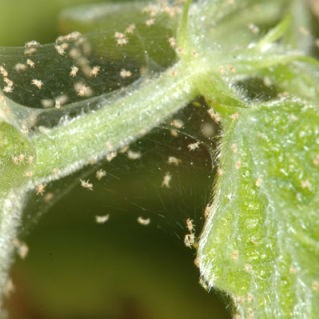
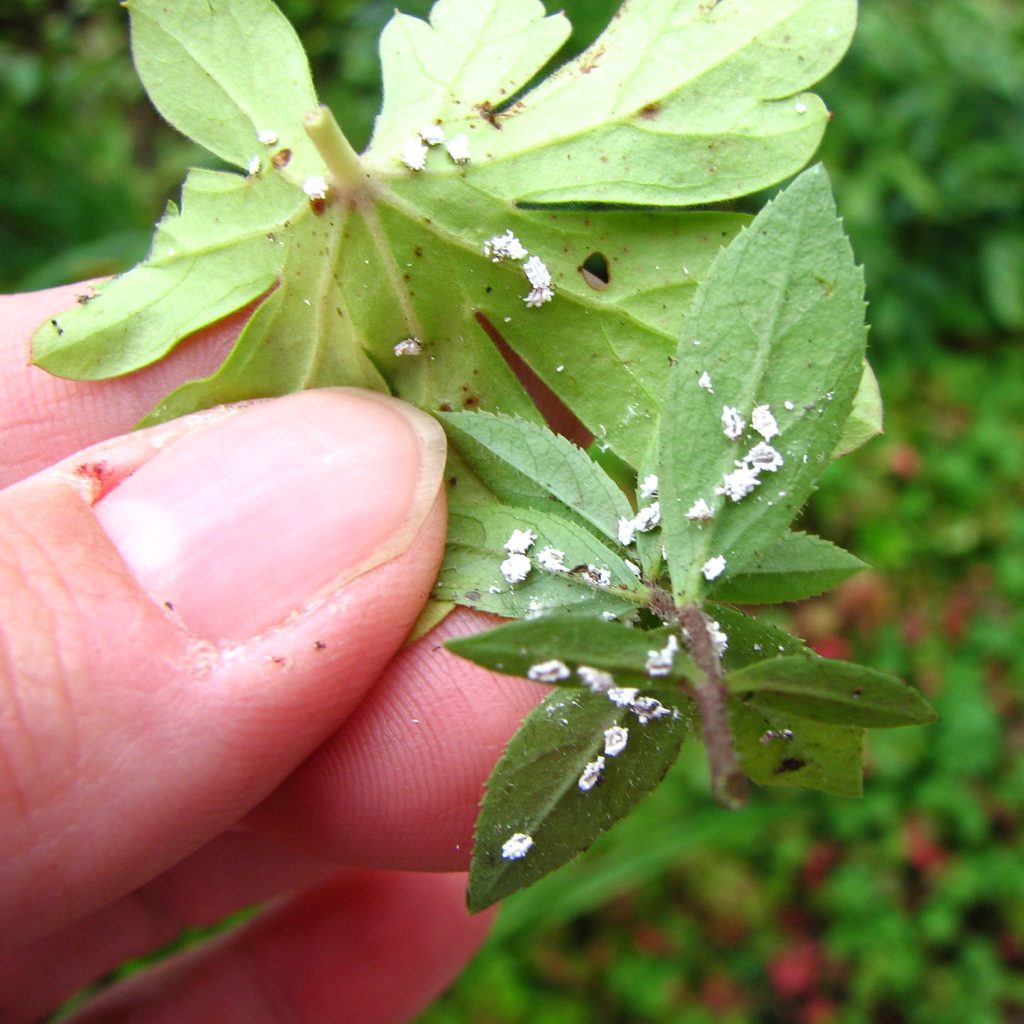
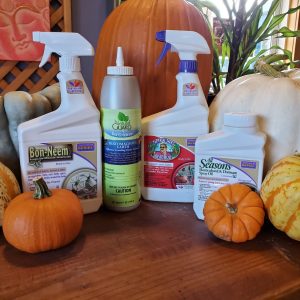
Insecticidal Soap, Neem Oil and Mite-X are just a few organic methods to control common insects found on houseplants. GrowHaus carries a full line of organic pesticides to safely manage any insect or fungal issues.
Acclimate
Just as we take the time to acclimate our plants to the outdoors, we need to acclimate them back indoors. Taking a plant from a bright, warm environment to a lower light, air-conditioned environment will cause plant stress. Position your plant so that is receives as much, or almost as much light as it did outdoors. If your house has insufficient light to mimic it’s outdoor environment, use a full spectrum grow light to supplement. Check the temperature and the humidity in your home. If there is a significant difference between the outdoor and indoor temperatures, place you plants in a room they can receive warmer air through an open window. For tropical plants that enjoy higher humidity, use pebble trays filled with water or a humidifier to add humidity to the air.
Watering & Fertilizing
Once moved indoors, going into the winter season your plants will require less water. Over-watering is the number one “killer of plants”. A general rule for tropicals is to let the top few inches of soil dry out before watering. Allow succulents and cacti to completely dry out between watering and water thoroughly when needed. A great tool to ensure you know how much moisture is in your soil is a moisture meter. Probe the soil at least two inches below the surface, if there is ample moisture detected, pass on the watering. Another general rule for houseplants is not to fertilize, allowing them a “rest” during the winter. This is a general rule, plants potted in a soilless medium such as coco coir do not receive necessary nutrients and should be fertilized. In addition, some succulent’s active growing season is actually in the winter and they will be hungry for fertilizer. It’s important to know your houseplants and their watering and fertilizer needs. Need a little help, send an email to retailsupervisor@bloomonmn.com with your houseplant care questions and we’re happy to help!
Don’t freak out
You may see some leaf drop, signs of going into dormancy, basically a pouting plant. Some plants no matter how lovingly we care for them just don’t adapt well to changing environments on any level. Don’t freak out, your plant is not going to just up and die on you (we hope)! Alocasia, banana plants, ferns and ficus tend to throw greater fits than other plants when being moved from the outdoors. Some leaf drop is normal, once the plant has had sufficient time to acclimate you should see it bounce back to itself. Monitor your plant for any notable changes that could indicate problems beyond an environmental change. If your plant develops spots on it’s leaves, yellowing of the leaves or droopiness it could be a sign of low light, fungal or over-watering issues. Crispy edges, browning or curling of leaves could indicate insufficient watering, too much light or an insect problem.
Summer is officially a wrap, and our outdoor gardening days almost done for the year. Good thing we have houseplants to keep the greenery going all year long! Let’s keep them happy, properly welcoming your plants back indoors.


